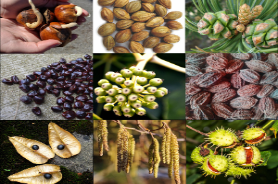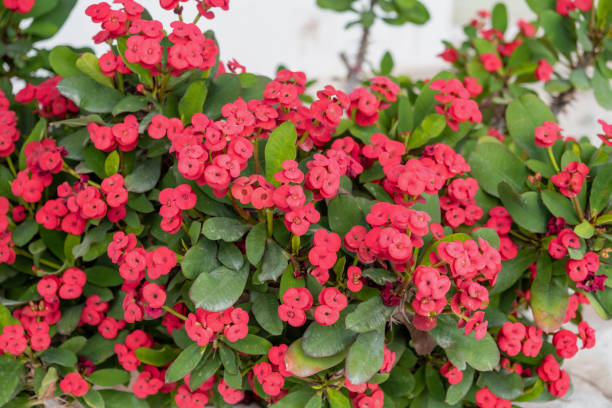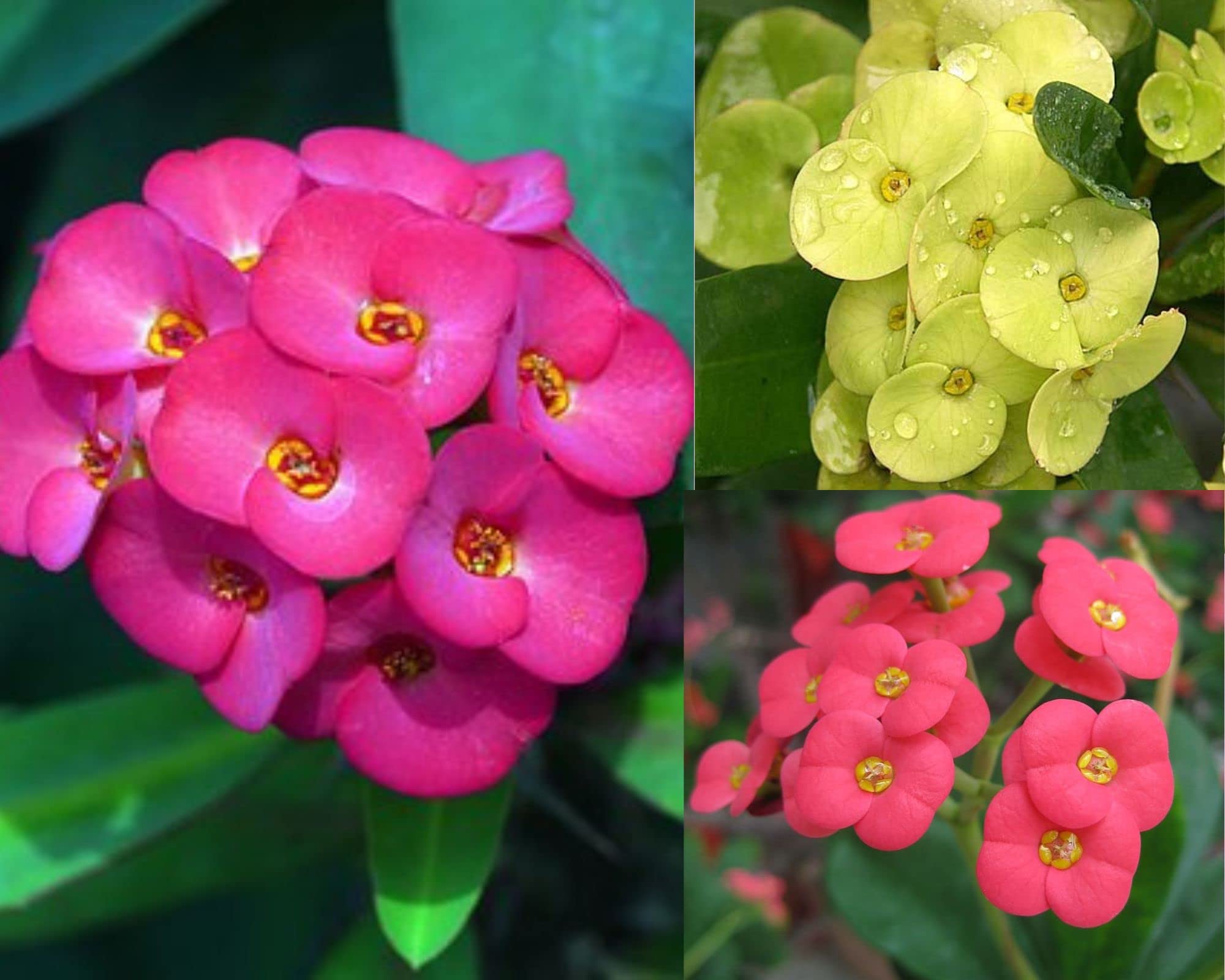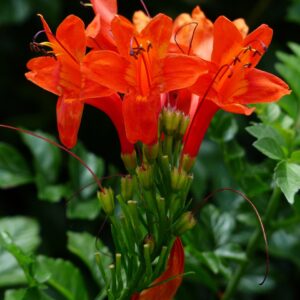Euphorbia is a large and diverse genus of flowering plants belonging to the family Euphorbiaceae. It comprises thousands of species, ranging from annuals to perennials, shrubs, and even trees. Here is a detailed description of Euphorbia:
**Appearance**
Euphorbia plants display a wide variety of forms and sizes. They can range from small, succulent-like plants to large, shrubby specimens. The stems can be thick and fleshy or slender and herbaceous. The leaves are generally simple and often alternate along the stems, though some species have reduced leaves or modified leaf-like structures. The flowers are usually small and inconspicuous, surrounded by colorful bracts that often steal the show.
**Diversity**
Euphorbia is one of the largest and most diverse genera of flowering plants. It includes a vast array of species with various growth habits, leaf shapes, and flower structures. Some popular examples include Euphorbia pulcherrima (Poinsettia), Euphorbia milii (Crown of Thorns), and Euphorbia tirucalli (Pencil Cactus). Each species has its unique characteristics, making the genus a treasure trove for plant enthusiasts and collectors.
**Distribution and Habitat**
Euphorbia plants can be found in diverse habitats worldwide. They occur naturally in tropical, subtropical, and temperate regions, adapting to a wide range of climates and growing conditions. Some species are adapted to arid or desert environments and have developed succulent characteristics, while others thrive in moist and shaded areas. The genus has a global distribution, with representatives in almost every continent.
**Toxicity**
Many Euphorbia species contain a milky sap or latex that can be toxic and irritating to the skin and mucous membranes. The sap may cause allergic reactions in some individuals, so caution should be exercised when handling the plants. It is advisable to wear gloves and protective clothing and to keep them away from children and pets.
**Uses**
Euphorbia plants have both ornamental and practical uses. Some species are highly valued for their striking foliage, colorful bracts, or unique growth forms, making them popular choices for gardens, landscapes, and indoor displays. Certain Euphorbia species have medicinal properties and are used in traditional medicine to treat various ailments. Additionally, the latex from certain Euphorbia species has been used historically for its toxic properties in controlling pests or as a source of rubber.
**Conclusion**
Euphorbia is a diverse and extensive genus of plants, encompassing a wide range of species with varying forms, sizes, and adaptations. From succulents to shrubs, they offer an array of ornamental options for gardening enthusiasts. While some species have medicinal uses, others are valued for their unique growth habits and striking floral displays. Caution should be exercised due to the potential toxicity of their milky sap. Overall, Euphorbia is a fascinating genus that continues to captivate plant lovers with its diversity and versatility.















Reviews
There are no reviews yet.